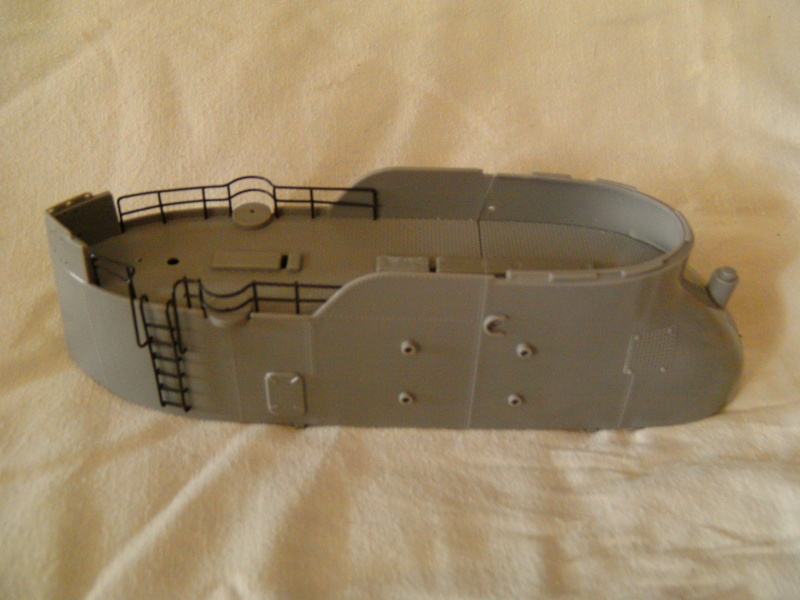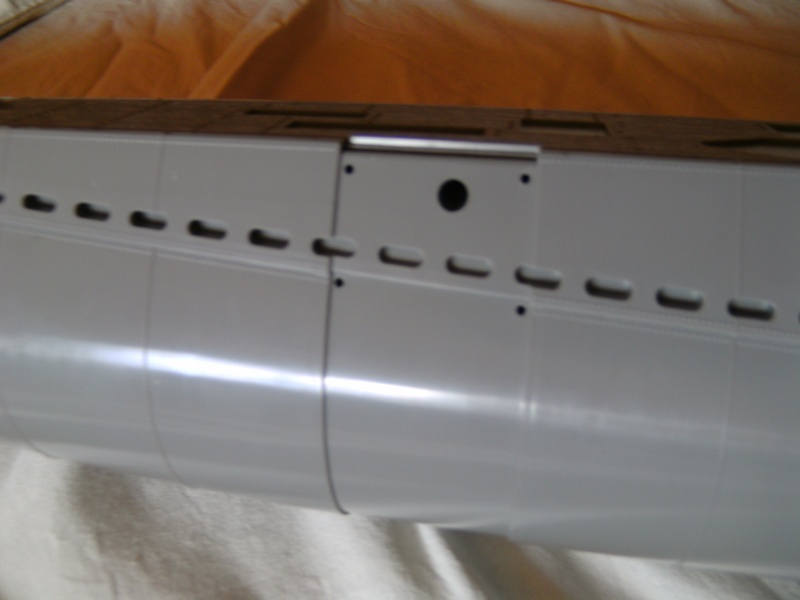
In 1931 she was fitted with an aircraft hangar which could house one floatplane which could be raised and lowered into the water by a crane, and she began testing the operation of the second E6Y prototype, the Yokosho 2-Go Kai. She completed this testing program by September 1931. In May 1929, I-51 began experimental work in submarine-based operation of the Yokosho 2-Go, the first prototype of the Yokosuka E6Y floatplane. Instead, she was retained as part of Submarine Division 17 at the Kure Naval Arsenal for crew training and as a test bed for various submarine technologies.


Unsuccessful in fleet service due to problems with her diesel engines, I-51 never returned to the fleet after Submarine Division 17′s reassignment to the Kure Naval District in 1928. The division was assigned to the Kure Naval District throughout the years from December 1928 to November 1935, also serving in the Kure Defense Division from 30 November 1929 to 1 December 1930 and again from 1 October 1932 to 1 January 1933. I-51 remained a part of Submarine Division 17 until the division's deactivation on 11 November 1935. On 10 December 1928, Submarine Division 17 was reassigned to the Kure Naval District. She returned to duty in the Kure Naval District from 1 May until 1 December 1925, when she was assigned along with the submarine I-52 to Submarine Division 17, which was reactivated that day as a component of Submarine Squadron 2, which in turn remained part of the 2nd Fleet in the Combined Fleet. From 17 July 1924 to, she was assigned to Submarine Squadron 2 in the 2nd Fleet, a component of the Combined Fleet, and during her stint with the squadron she was renamed I-51 on 1 November 1924. 44 was commissioned and attached to the Kure Naval District. Project S22 was laid down at the Kure Naval Arsenal in Kure, Japan, on 6 April 1921, launched on 29 November 1921, and completed on 20 June 1924, by which time she had received the name Submarine No.44 ( 第四四号潜水艦, Dai-Yonjūyon-go sensuikan). ĭespite various technical achievements the Japanese made in I-51′s design, they did not regard her as a successful design, largely because of problems with her Sulzer diesel engines. As completed, I-51 achieved only 18.4 knots (34.1 km/h 21.2 mph) surfaced and 8.4 knots (15.6 km/h 9.7 mph) submerged during trials, but had an unrefueled range of 20,000 nautical miles (37,000 km 23,000 mi), which was considered remarkable for the time. To accommodate these engines, a double hull design was used, with hulls joined side-by-side, forming a sideways figure "8". In order to attain a design speed of 23 knots (43 km/h 26 mph) on the surface and 15 knots (28 km/h 17 mph) submerged, the design required four diesel engines driving four screws. With a displacement of 1390 tons, Project S22 was the largest submarine built in Japan up to that time. Japanese ties to the United Kingdom via the Anglo-Japanese Alliance were still strong in the immediate aftermath of World War I, and Project S22 was based on the latest Royal Navy design, the British K-class submarine. Procurement of a large, long-range Japanese submarine was authorized in fiscal year 1918 under the Eight-six fleet program, under the designation Project S22. However, based on the success of the Imperial German Navy in deploying long-range cruiser submarines for commerce raiding during World War I, Japanese strategists came to realieze the potential for using submarines for long-range reconnaissance, as well as in a war of attrition against an enemy fleet approaching Japan.

Before the war, the Imperial Japanese Navy regarded submarines as useful only for short-range coastal point defense. The Japanese also used her for early experiments in the development of submarine aircraft carriers.įollowing World War I, the Imperial Japanese Navy General Staff began to re-consider submarine warfare as an element of fleet strategy. Although not a successful design, she was the lead vessel and prototype of the Japanese Kaidai-class submarines which served in World War II.

44, was a submarine in commission in the Imperial Japanese Navy from 1924 to 1938. I-51 ( 伊号第五一潜水艦, I-gō Dai Gojū-ichi sensuikan), previously Project S22 and Submarine No.


 0 kommentar(er)
0 kommentar(er)
